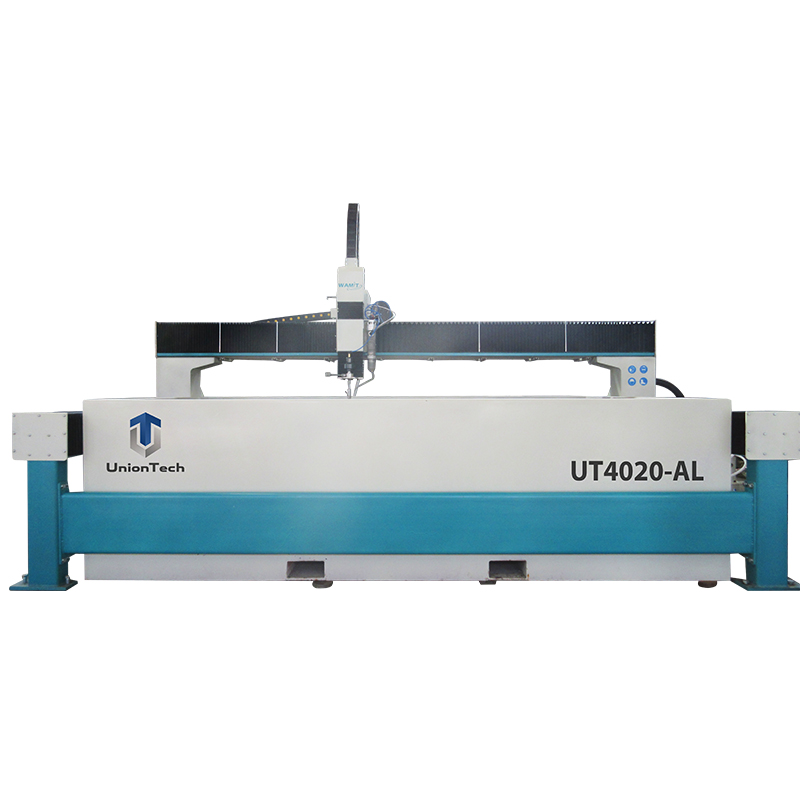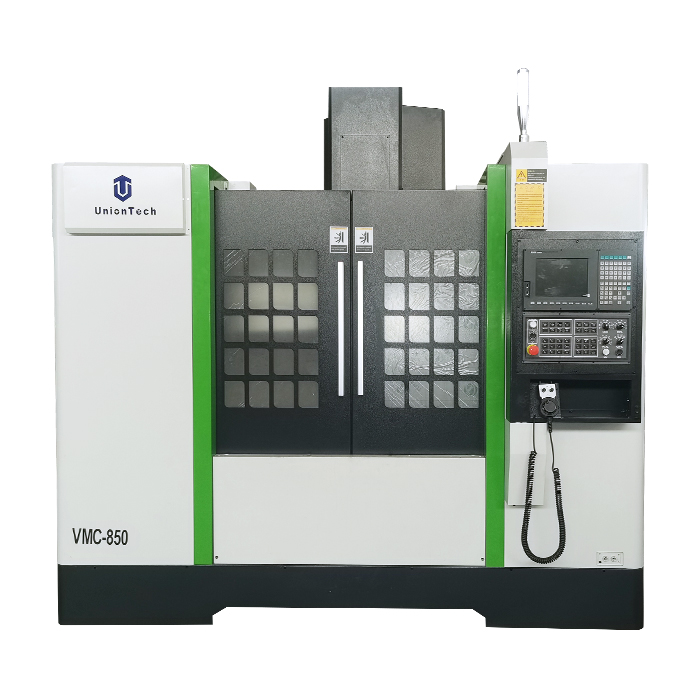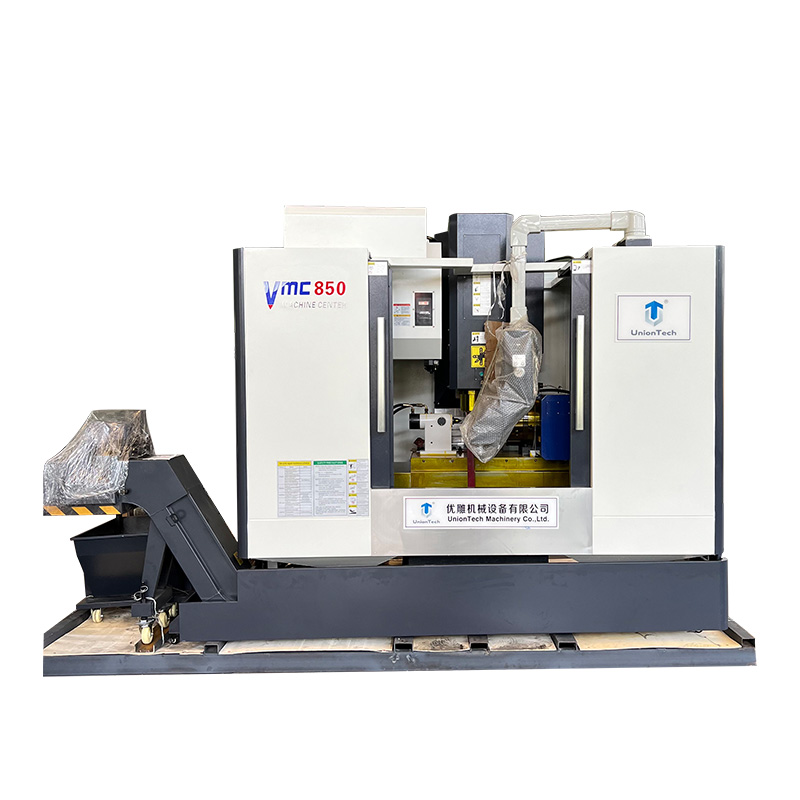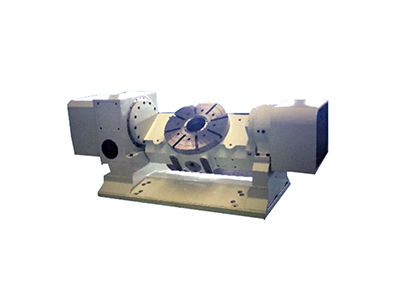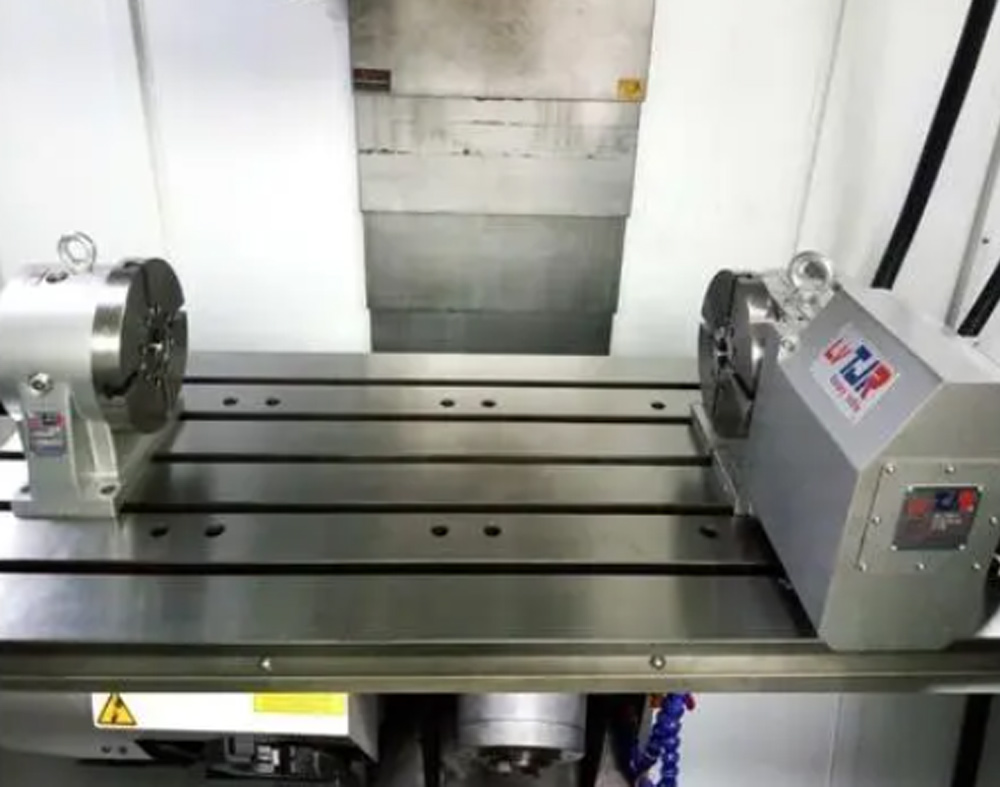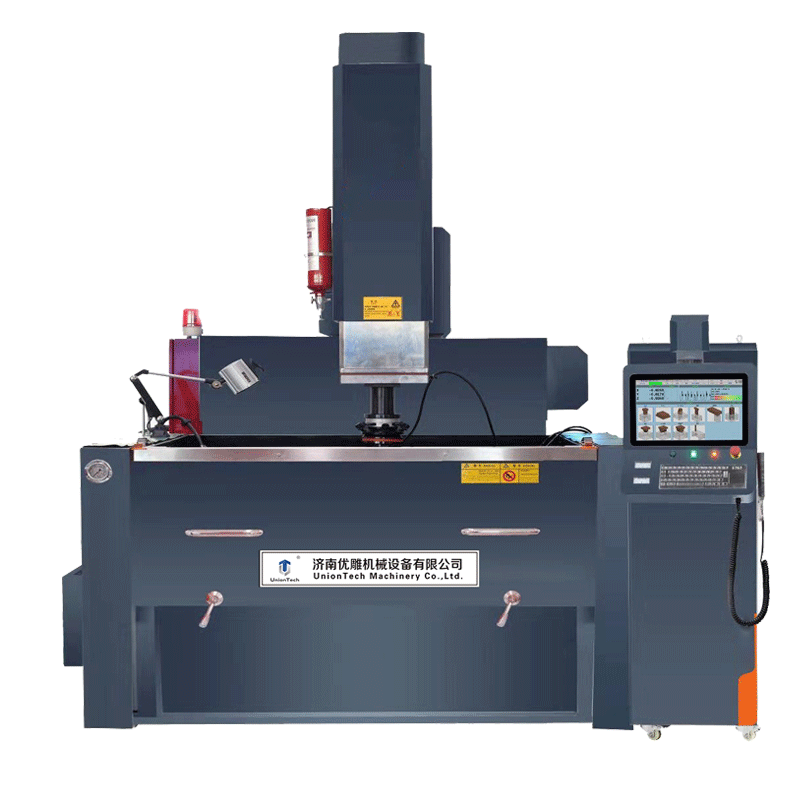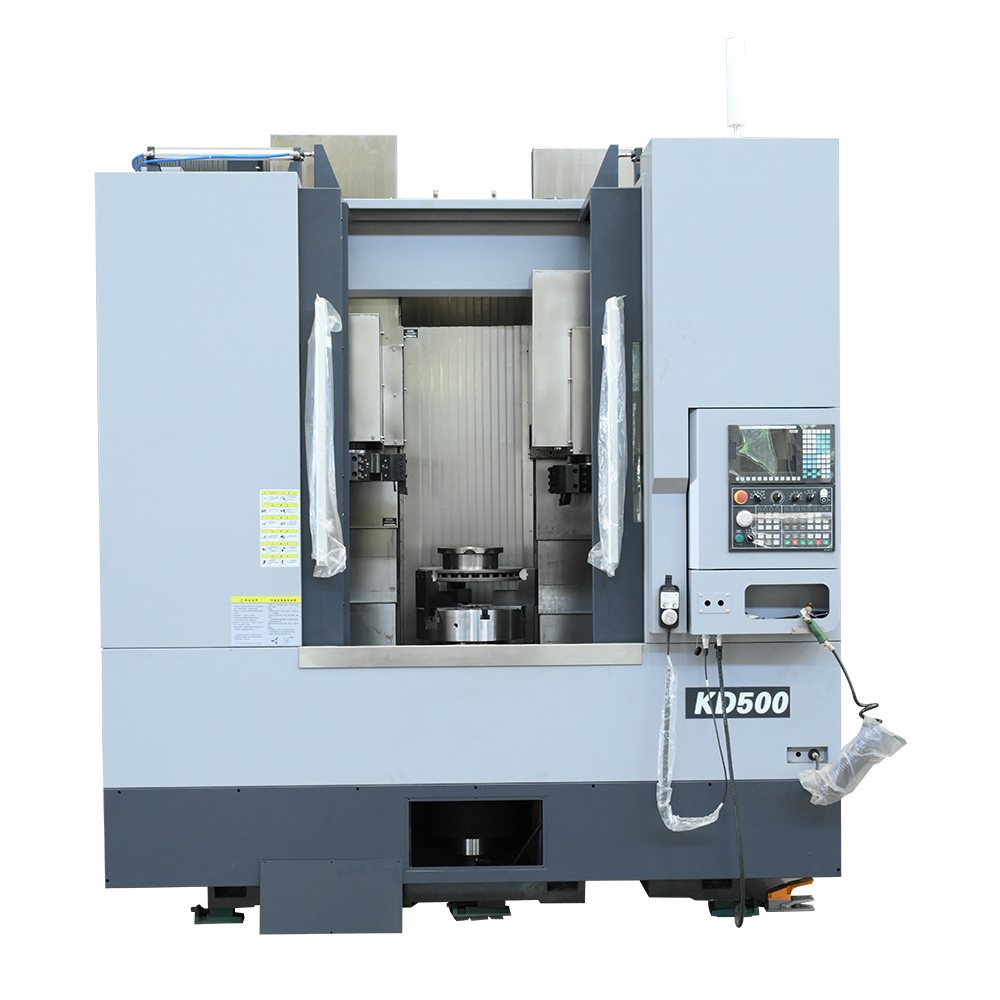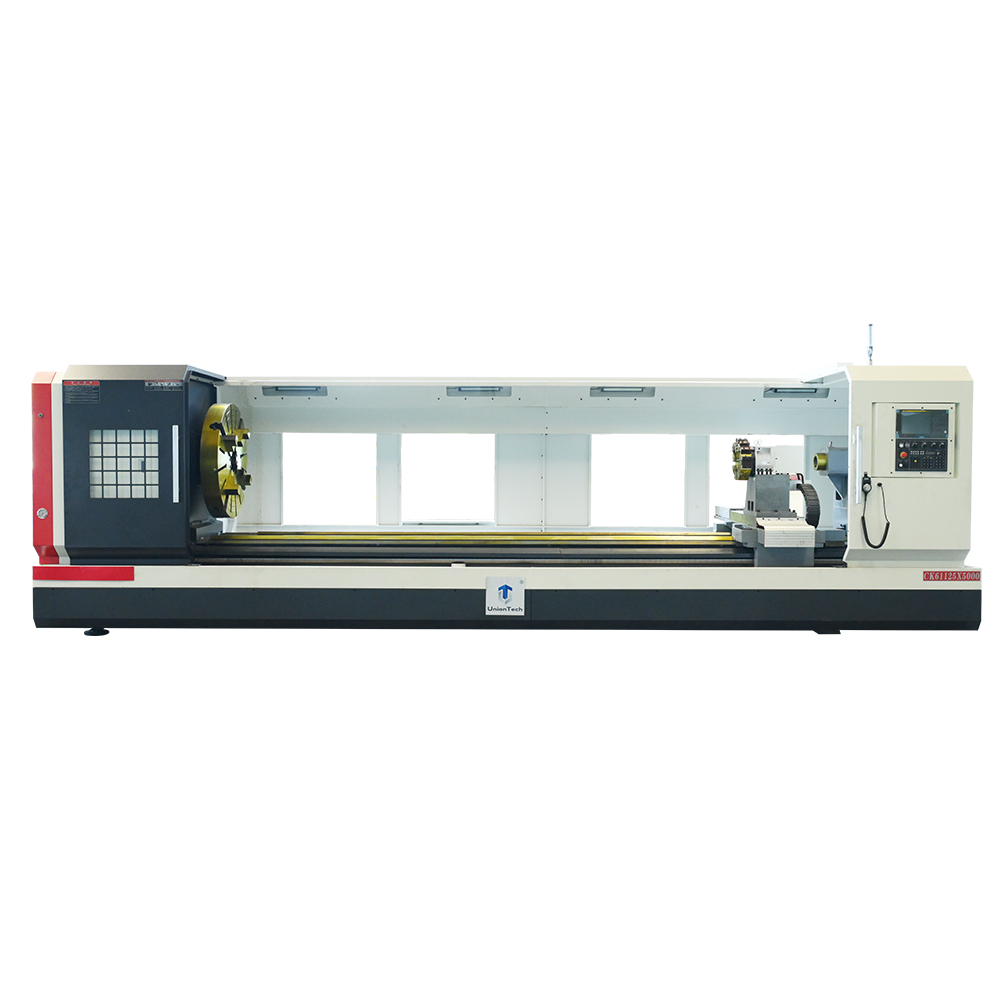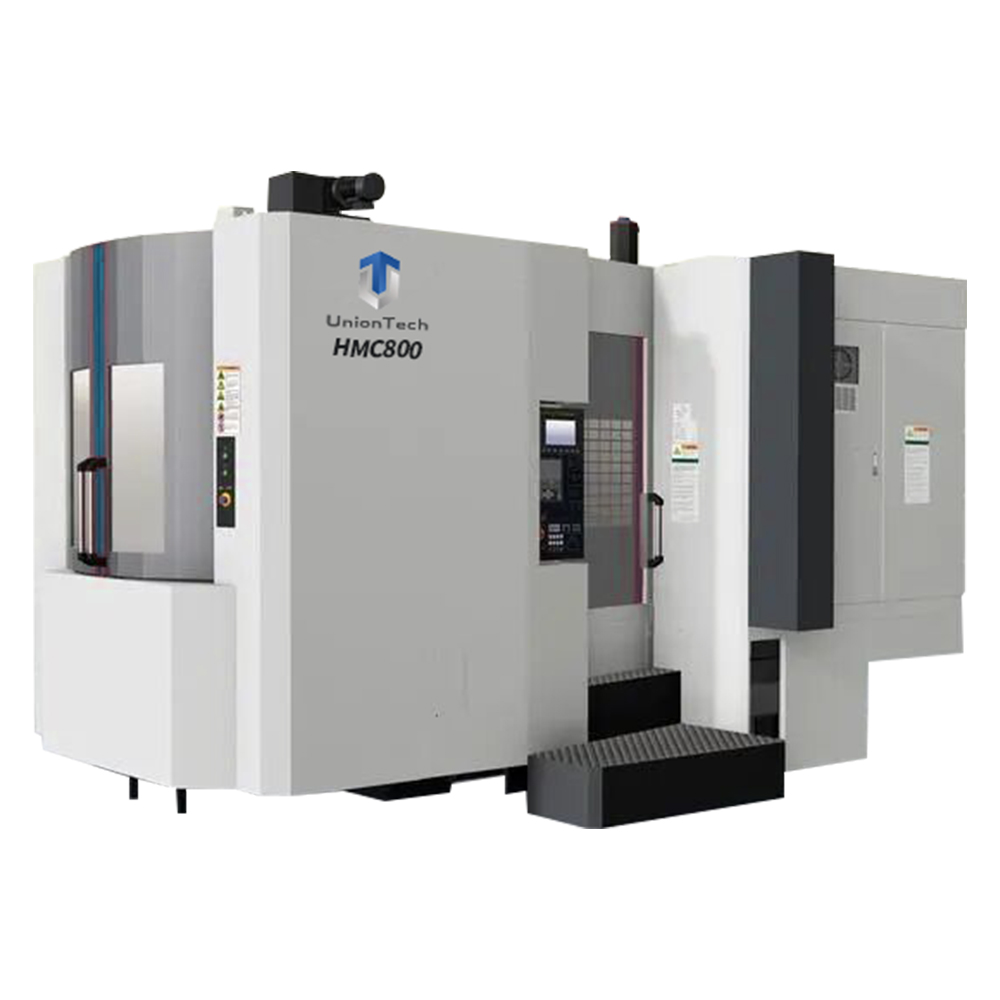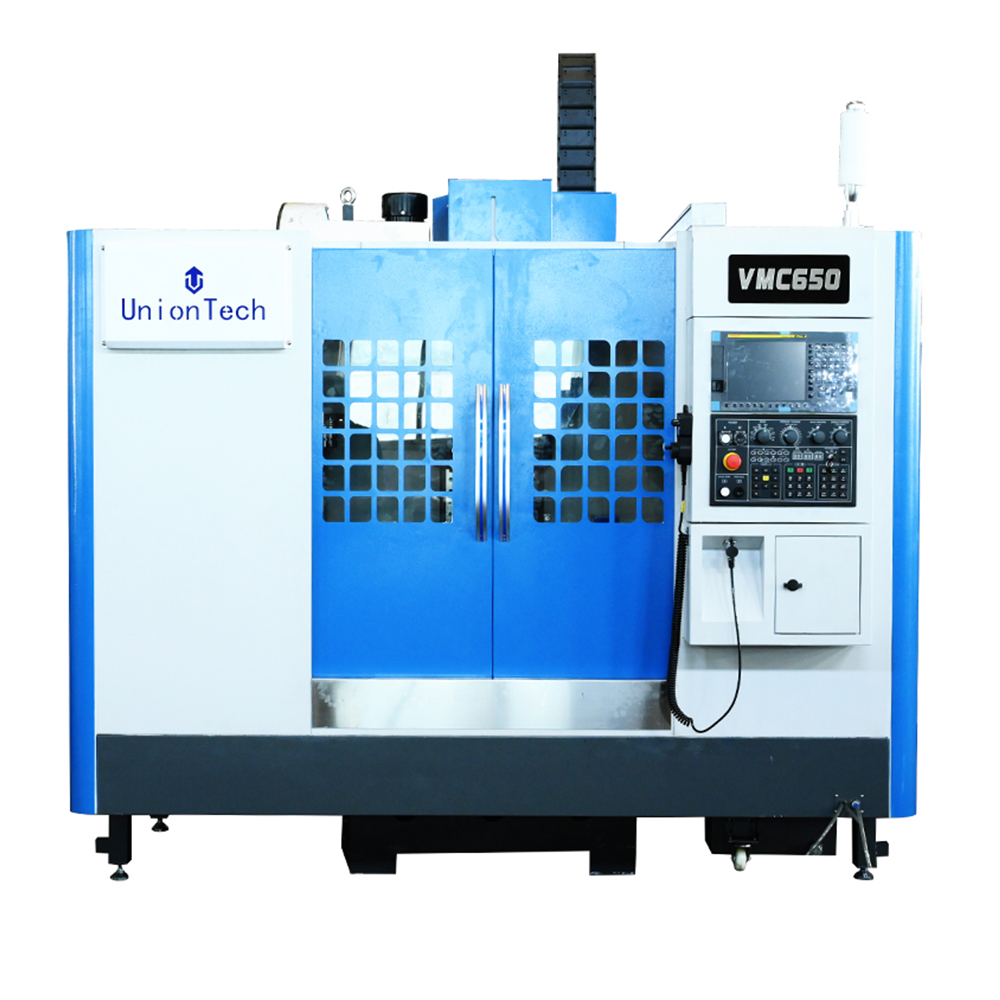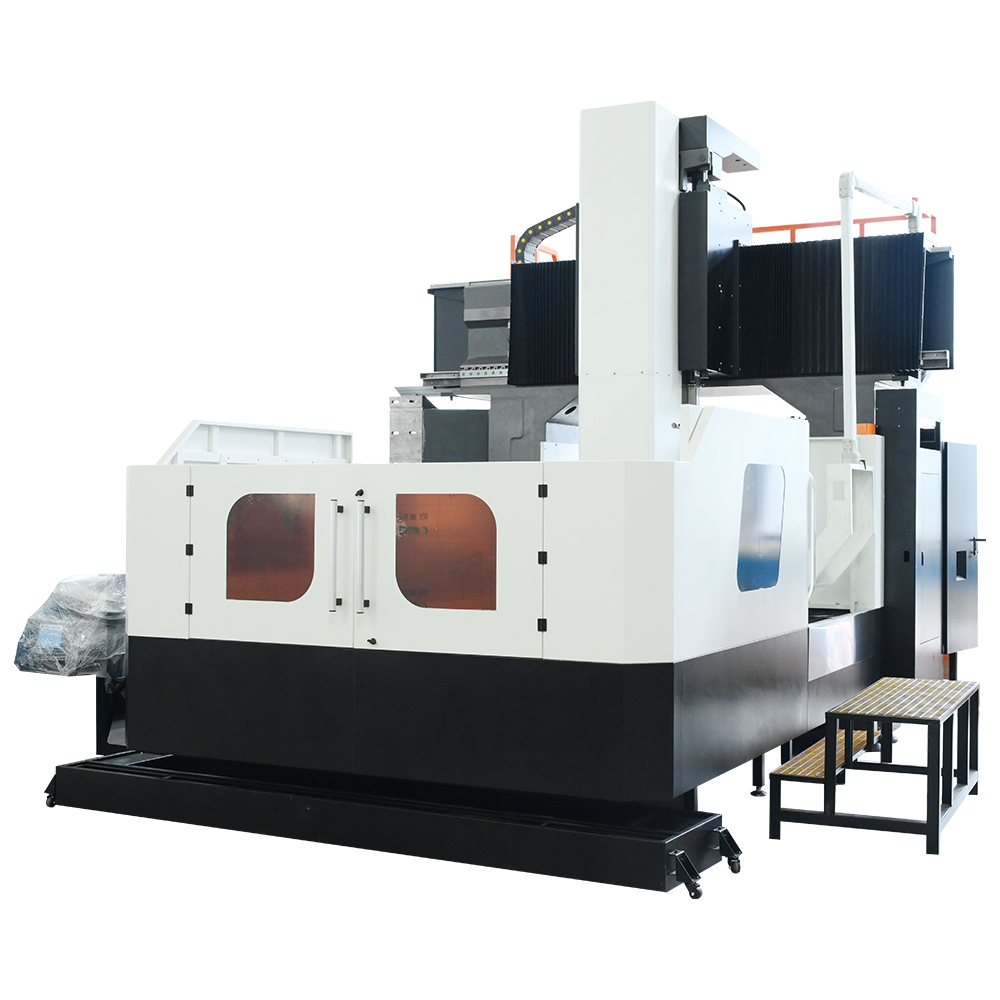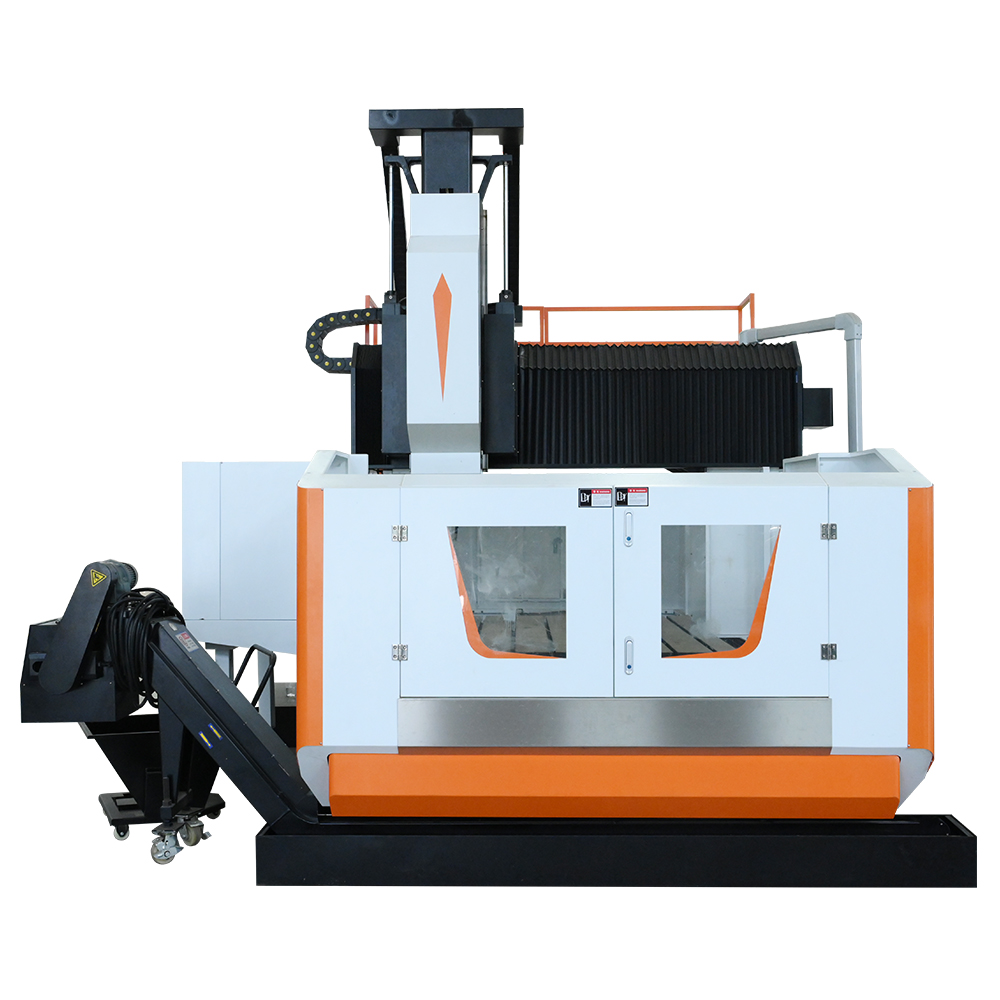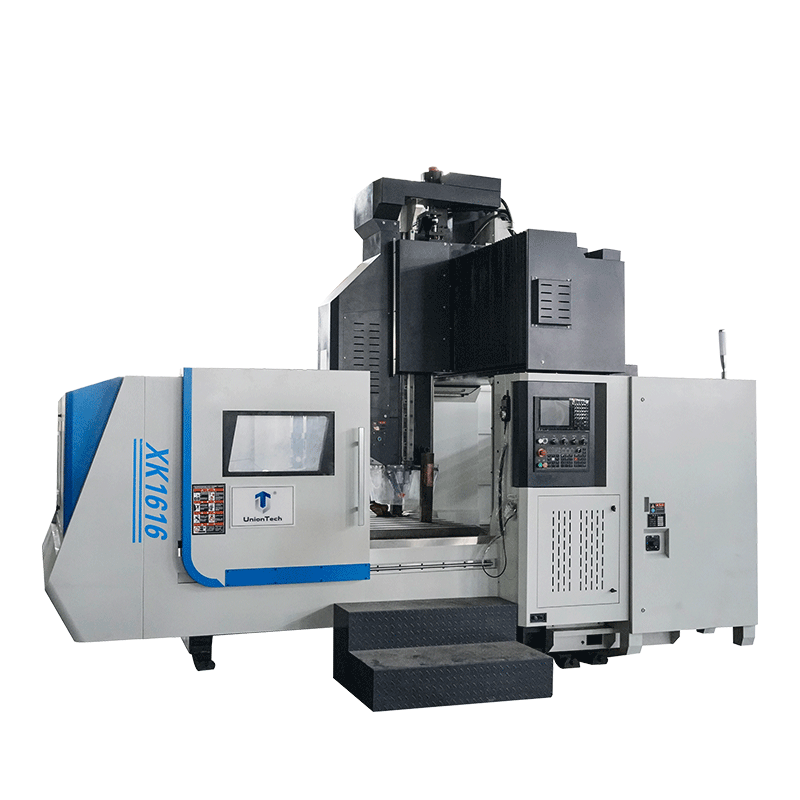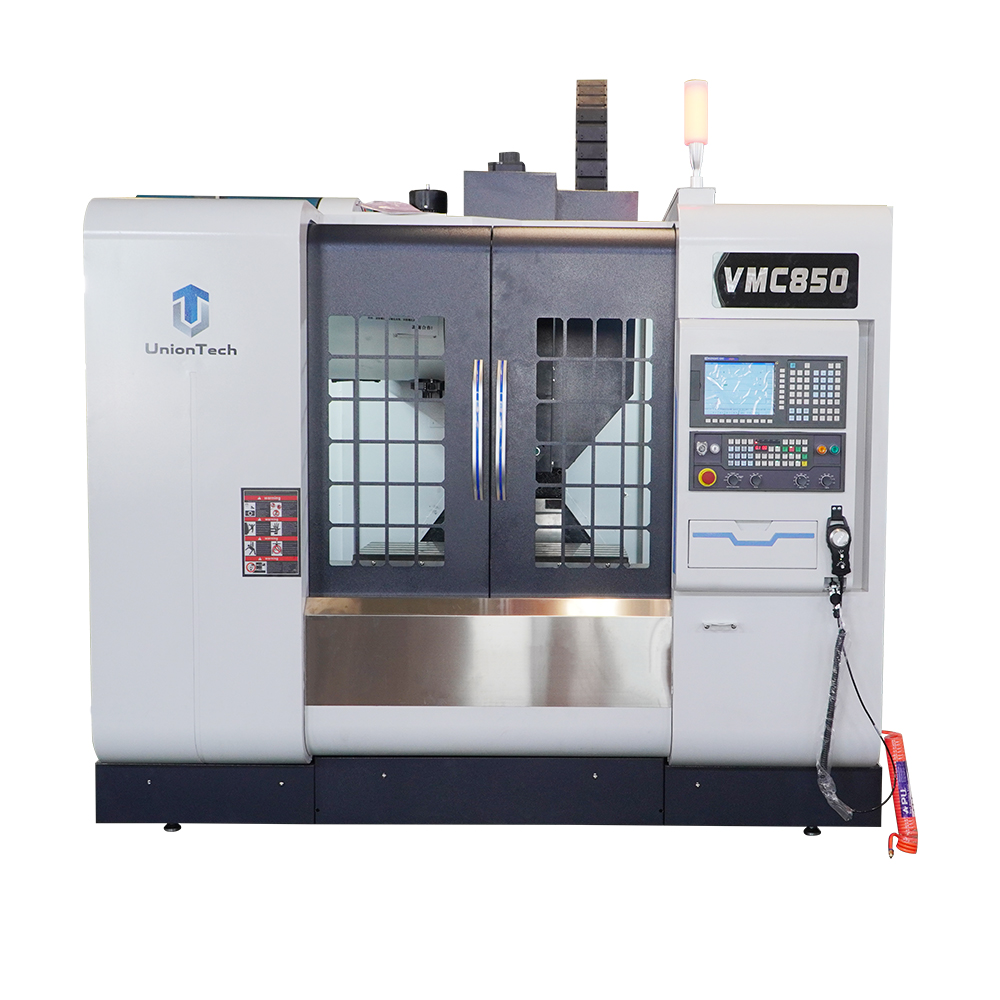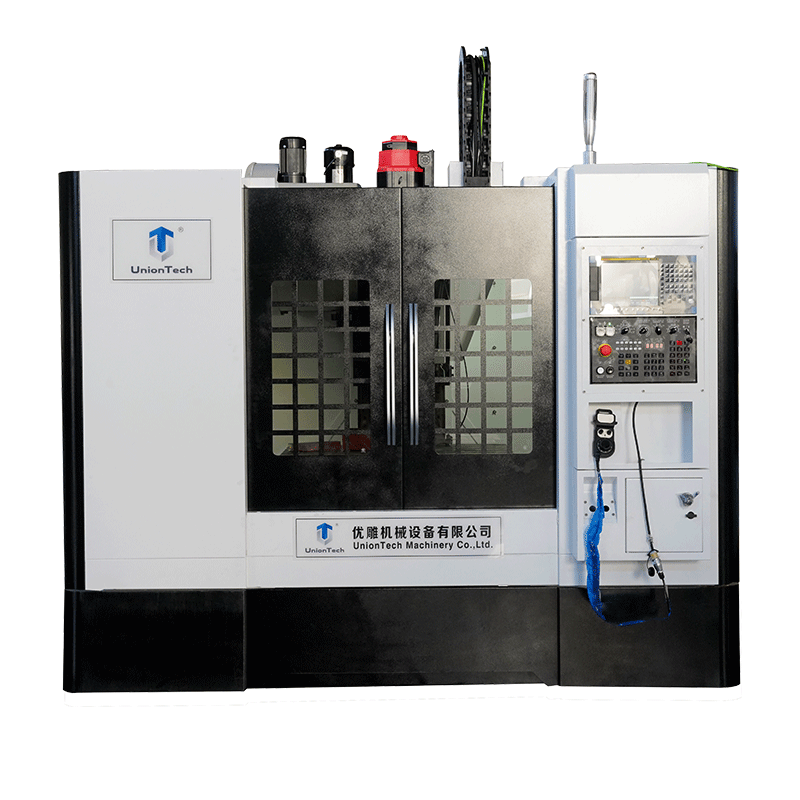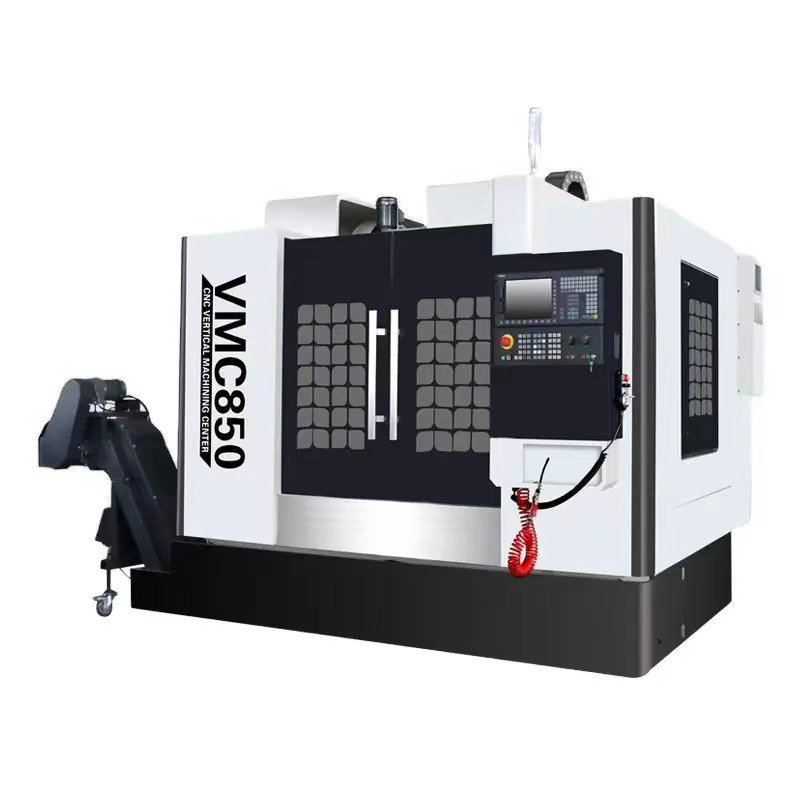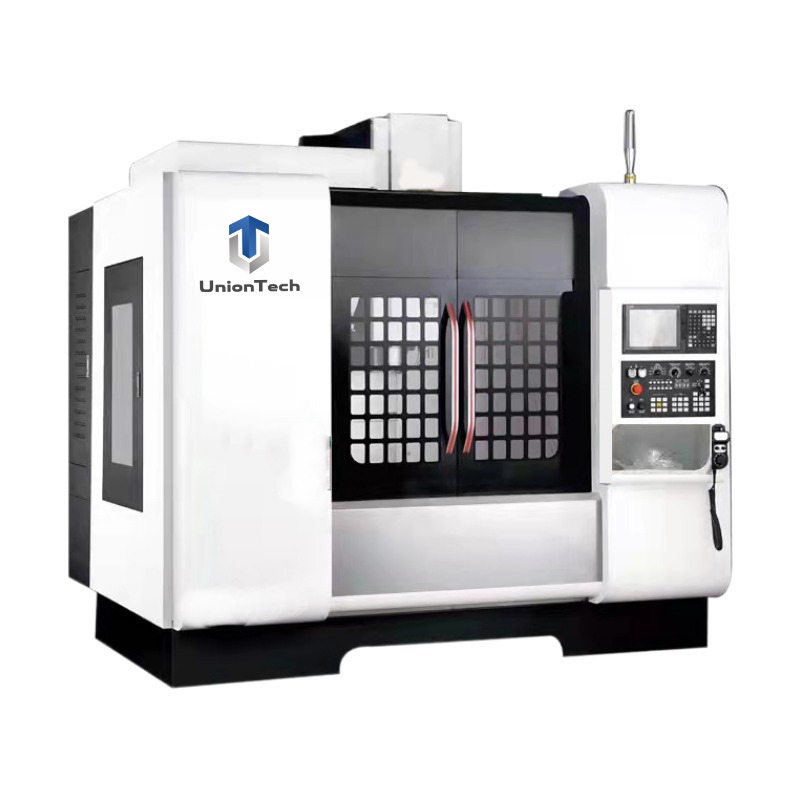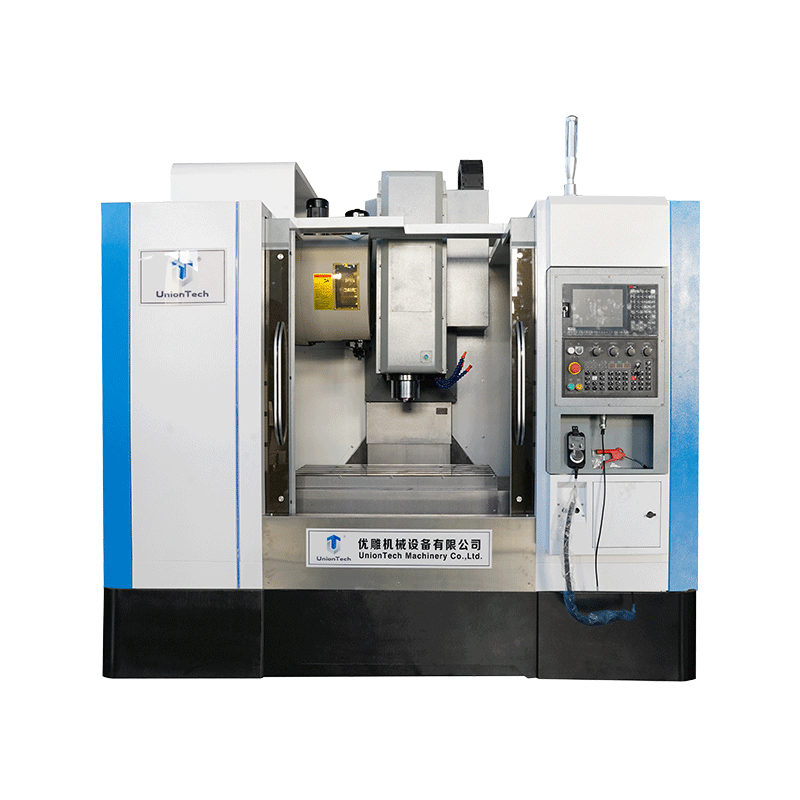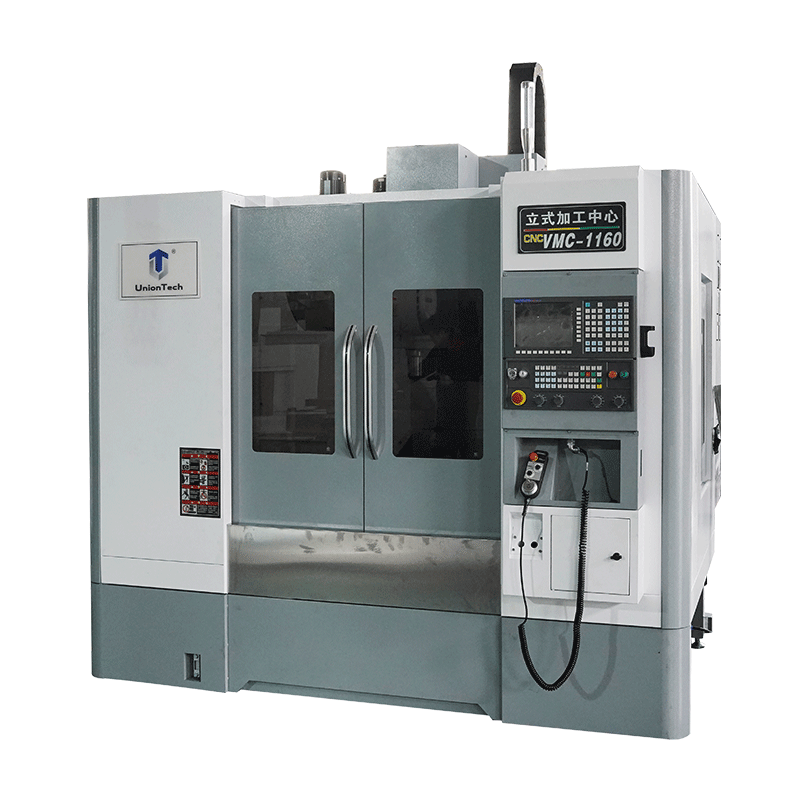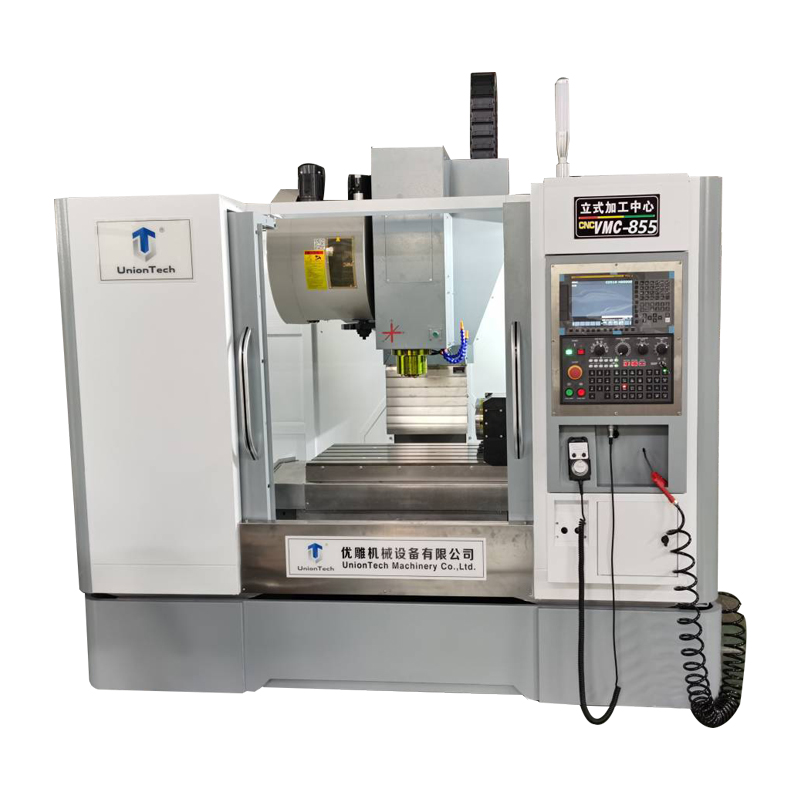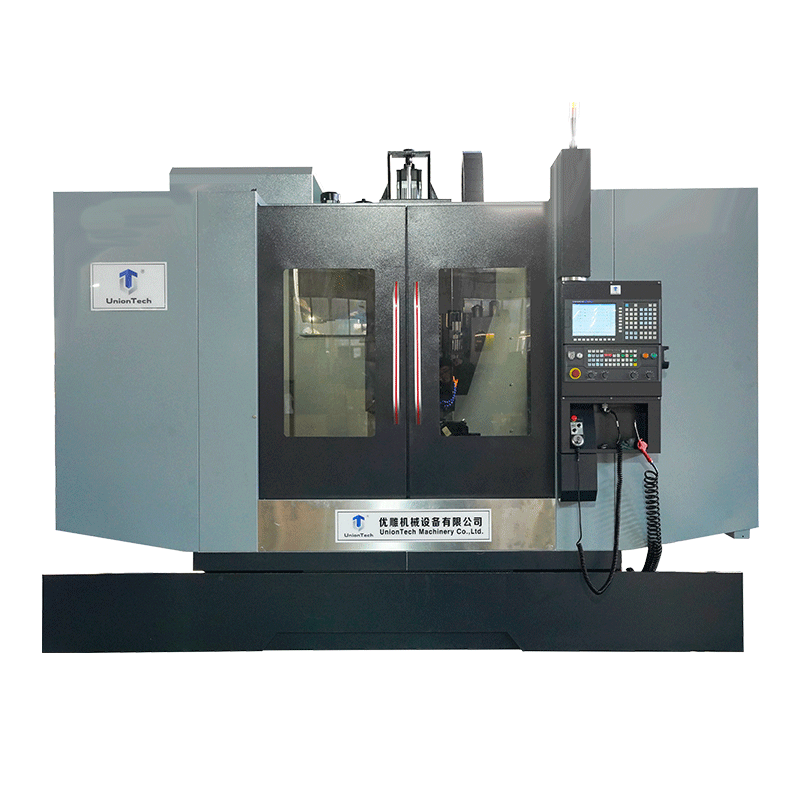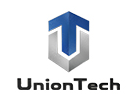
 Feature of waterjets CNC
Feature of waterjets CNC
· High-Precision Cutting: Waterjet cutting achieves highly precise cuts, typically with a ±0.1 millimeter cutting accuracy, making it suitable for producing high-precision components and intricate patterns.
· No Heat-Affected Zone: Unlike traditional thermal cutting methods like flame cutting and plasma cutting, waterjet cutting doesn't produce a heat-affected zone. The cutting process cools the tool and workpiece with water, preventing material distortion, annealing, or hardening.
· Versatile Material Cutting: Waterjet cutting is applicable to nearly all materials, including metals, plastics, glass, stone, ceramics, food, and various composite materials, making it a versatile cutting tool.
· Minimal Secondary Processing: Waterjet cutting typically yields smooth cutting edges, often eliminating the need for secondary processing or polishing.
· Environmentally Friendly: Waterjet cutting generates no harmful gases or chemical waste, as it relies on high-pressure water or water mixed with an abrasive material for cutting. This makes it an eco-friendly cutting method.
· Suitable for Complex Profiles: Waterjet machinery can cut a wide range of intricate profiles and internal holes without the need for pre-fabricated molds or tools.
· Low Noise: Waterjet cutting is relatively quiet and does not generate high noise levels, making it suitable for noise-sensitive work environments.
· Low Maintenance Costs: Waterjet machinery typically has low maintenance costs since the cutting head is the primary component that requires regular replacement, while other mechanical parts often have longer lifespans.
· Programmable Control: Waterjet machinery is commonly paired with computer numerical control (CNC) systems for precise control of cutting paths and shapes to meet the requirements of various applications.
 Parameter of Waterjet CNC
Parameter of Waterjet CNC
 Applications of Waterjet CNC
Applications of Waterjet CNC
Metal Fabrication: Waterjet machinery is used to cut various metal materials, including steel, aluminum, copper, titanium, etc. It is commonly used for the production of components, part cutting, welding preparation, and the cutting and engraving of metal workpieces.
Glass Cutting: Waterjets can precisely cut glass and are used in the manufacture of windows, mirrors, glassware, etc.
Stone Processing: Waterjet machinery finds extensive use in cutting marble, granite, and other stone materials for the production of countertops, sculptures, and monuments, among other applications.
Ceramic Processing: Waterjets are employed for cutting and engraving ceramics, used in the production of ceramic tiles and decorative ceramics.
Plastic Processing: Waterjets can cut various plastic materials, including polyethylene, polypropylene, and PVC, among others.
Food Processing: Waterjet machinery is used to cut food items such as bread, cakes, meat, and vegetables to ensure precise cutting and maintain food quality.
Polymer Cutting: Waterjet machinery is used to cut various polymer materials, for the production of plastic components, rubber seals, and other polymer products.
Aerospace Industry: Waterjets are employed for cutting aerospace components and complex aircraft structures.
Construction: Waterjet machinery can cut construction materials such as concrete, bricks, and gypsum board.
Arts and Sculpture: Artists and sculptors often use waterjets to create intricate artwork and sculptures.
 What materials can a waterjet cut?
What materials can a waterjet cut?
Alloys,Steels,Laminates,Composites,Plastics/Acrylics,Rubber,Gaskets,Fiberglass,Glass ...

Online Message
Related Suggestion
CONTACT US
Please use the form below to get in touch.
If you need a reply we will get in touch as soon as possible.

